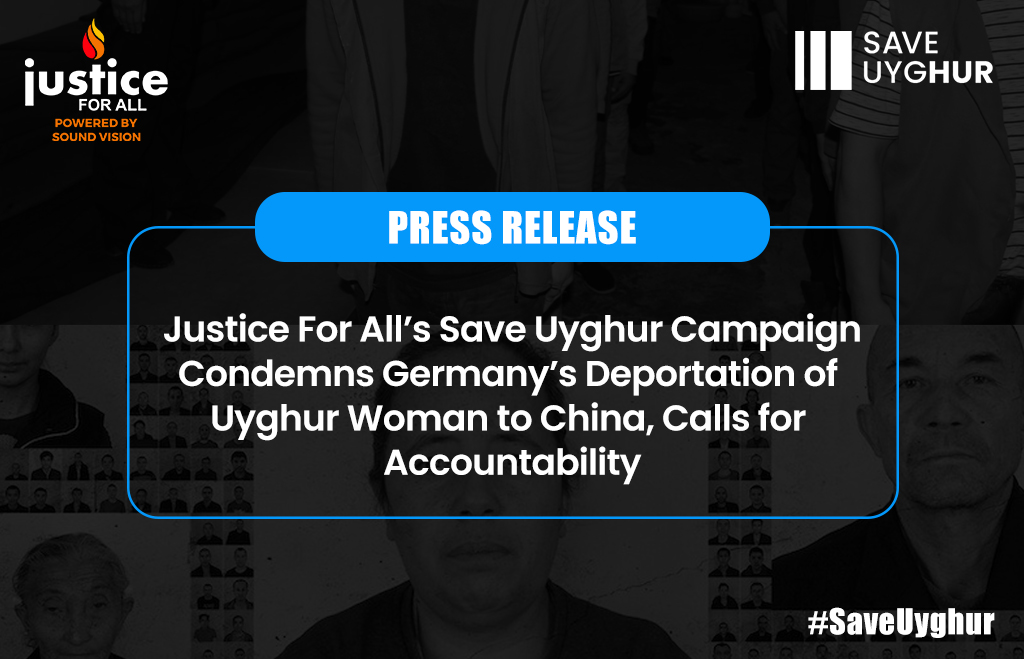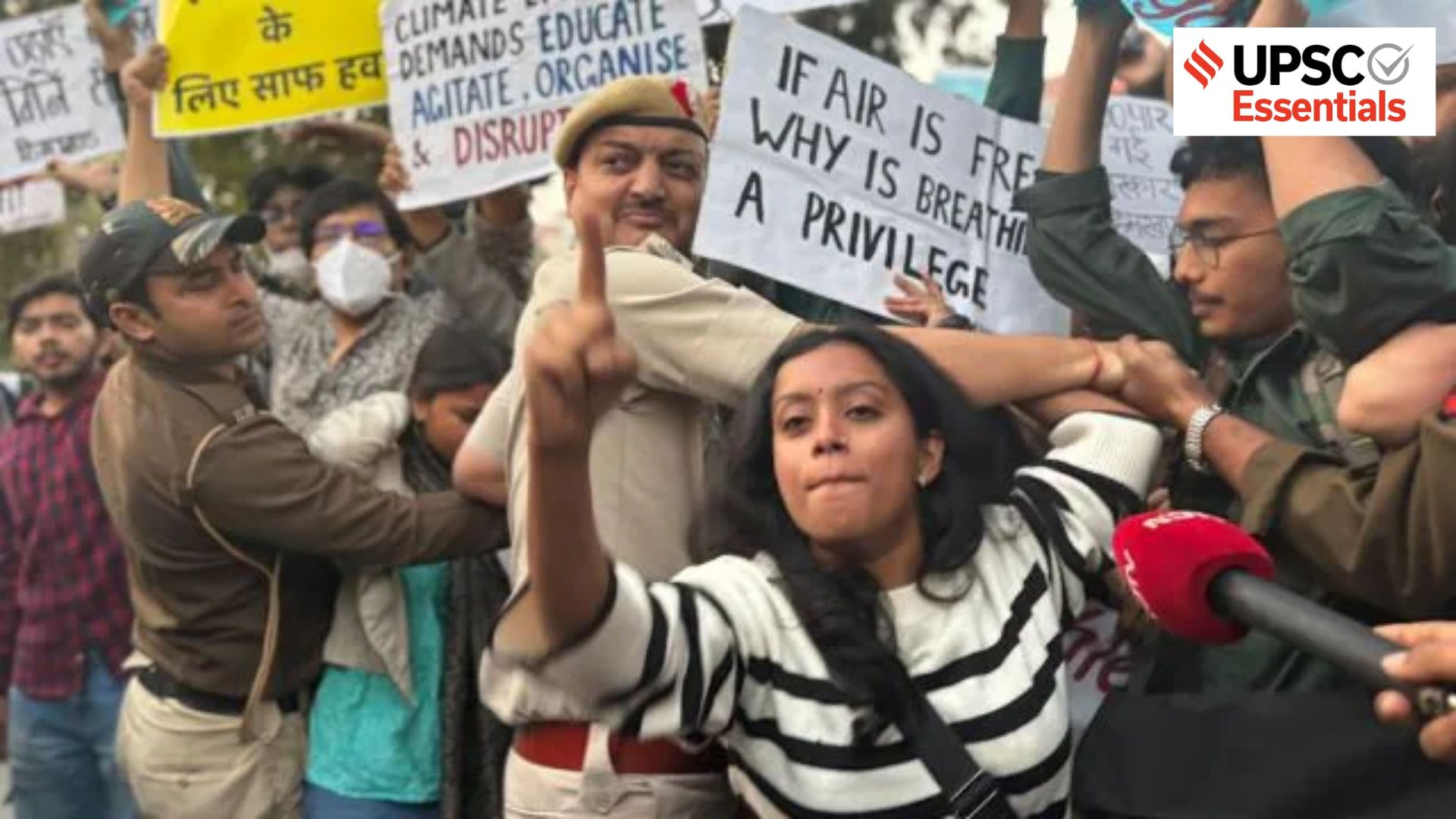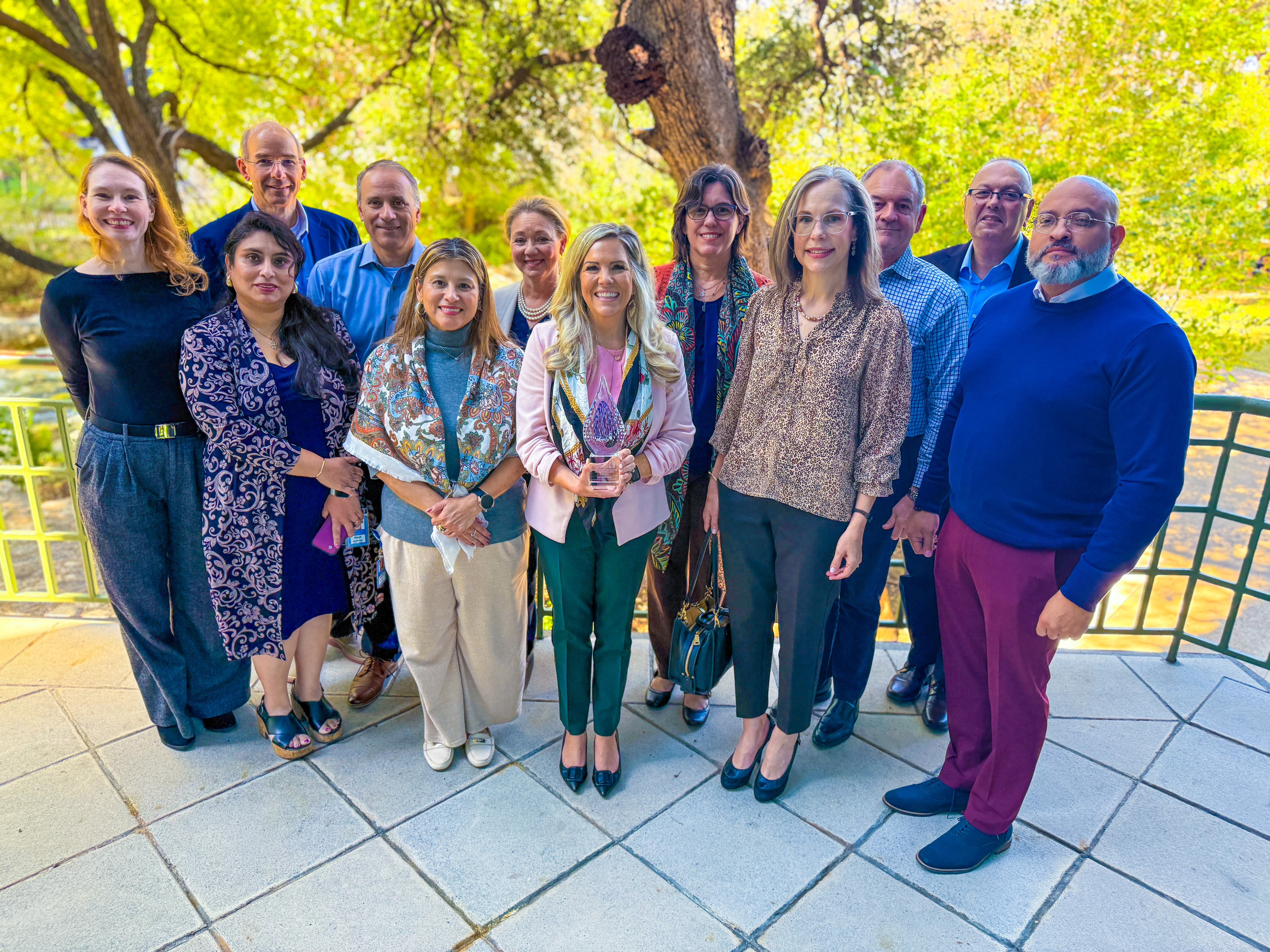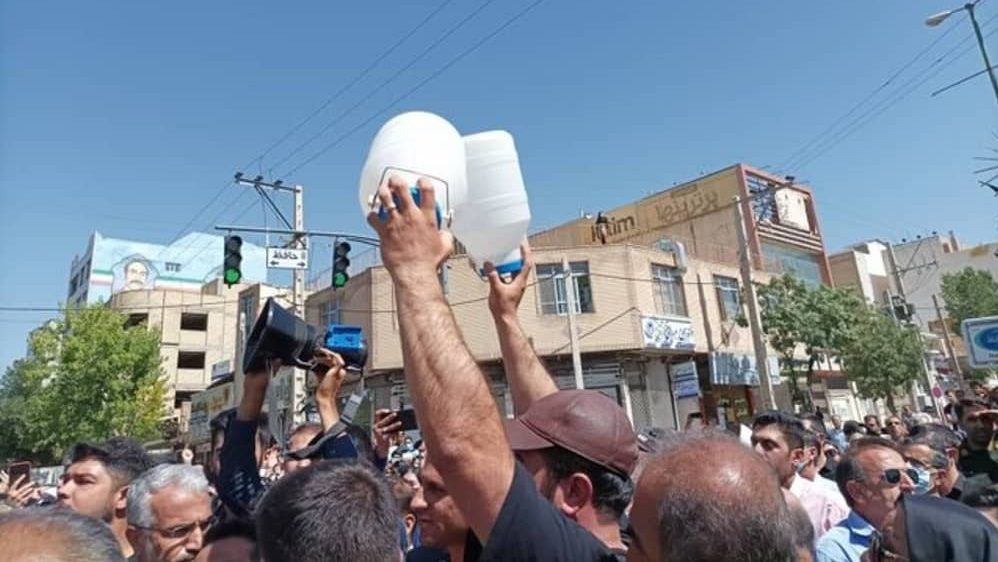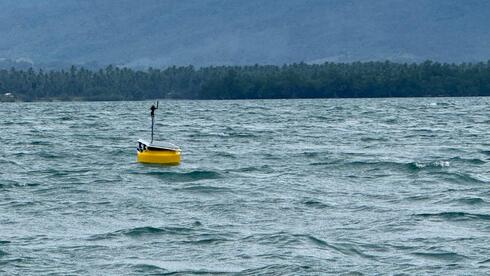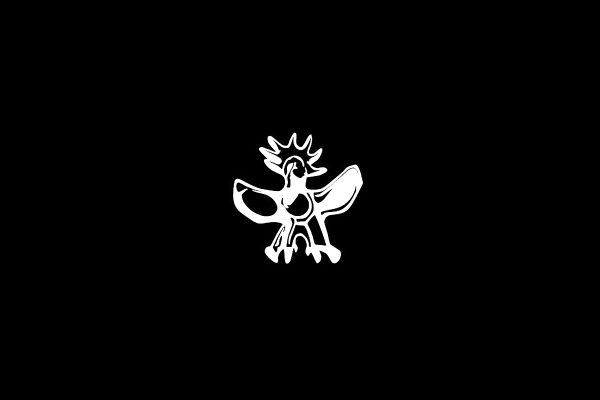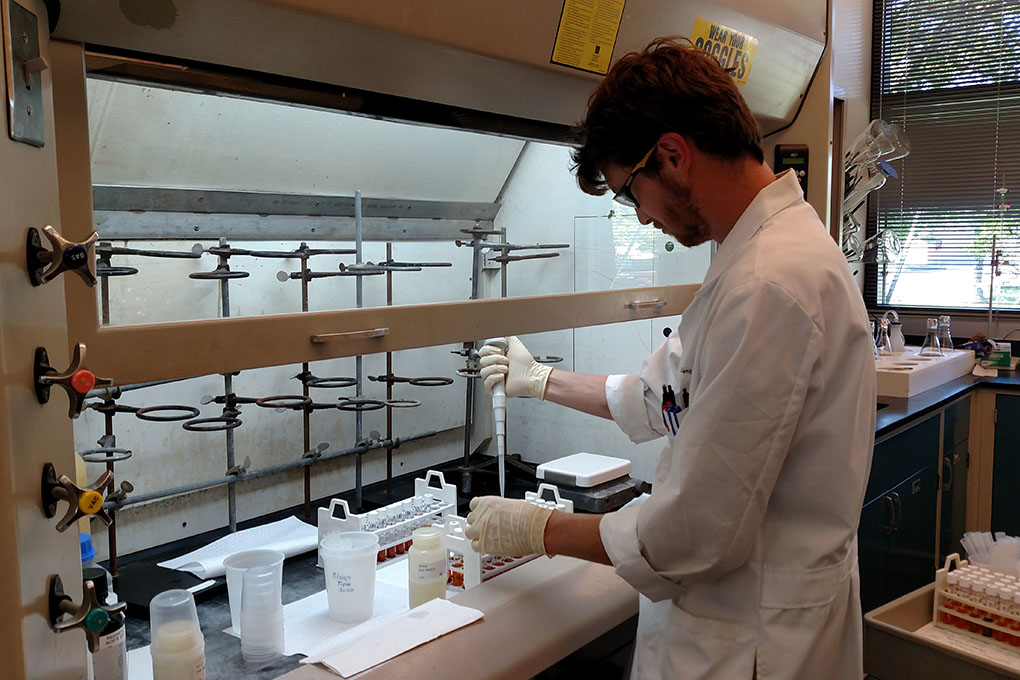Valley’s dying water bodies spring back to life, thanks to this environment group – Hindustan Times

Report on the Restoration of Water Bodies in the Kashmir Valley and Contribution to Sustainable Development Goals
1.0 Introduction
This report details the environmental restoration initiatives undertaken by the Nigeen Lake Conservation Organisation (NLCO), a non-governmental entity in the Kashmir Valley. The organization has successfully revived numerous degraded water bodies, including natural springs and lakes, which had suffered from decades of pollution, encroachment, and neglect. These efforts directly contribute to several of the United Nations Sustainable Development Goals (SDGs), particularly those concerning water, environment, and community well-being.
2.0 Project Scope and Alignment with Sustainable Development Goals (SDGs)
The primary objective of the NLCO’s work is the restoration of choked and polluted freshwater sources. This mission is in direct alignment with the following SDGs:
- SDG 6: Clean Water and Sanitation: By cleaning springs and lakes, NLCO is actively working towards Target 6.1 (achieve universal and equitable access to safe and affordable drinking water) and Target 6.3 (improve water quality by reducing pollution and eliminating dumping).
- SDG 11: Sustainable Cities and Communities: The removal of garbage and waste from urban and semi-urban water bodies addresses Target 11.6 (reduce the adverse per capita environmental impact of cities, including by paying special attention to air quality and municipal and other waste management).
- SDG 15: Life on Land: The restoration of freshwater ecosystems is central to Target 15.1 (ensure the conservation, restoration and sustainable use of terrestrial and inland freshwater ecosystems and their services).
- SDG 17: Partnerships for the Goals: The project exemplifies a multi-stakeholder partnership, involving a civil society organization (NLCO), local communities, and government bodies like the Srinagar Municipal Corporation (SMC) and Lakes Conservation Management Authority (LCMA).
3.0 Methodology and Implementation
NLCO’s restoration process began in 2021 with the cleaning of the Khushal Sar and Gilsar lakes. The spring restoration initiative commenced in 2022. The operational model is characterized by:
- Direct Intervention: NLCO hires laborers and mobilizes volunteers to physically remove solid waste, polythene, animal carcasses, and silt from the water bodies.
- Collaborative Approach: The organization works in conjunction with local authorities such as the SMC and LCMA, demonstrating a successful public-private-community partnership model crucial for achieving SDG 17.
- Community-Centric Funding: The project is sustained through local funding from private well-wishers and environment enthusiasts, ensuring community ownership and avoiding reliance on government grants. This grassroots financial model strengthens local engagement.
4.0 Key Outcomes and Impact on SDGs
The sustained efforts of NLCO have yielded significant and measurable results, directly impacting local communities and their environment.
4.1 Quantitative Achievements
- A total of 14 natural springs have been fully restored.
- Nine springs in Srinagar district.
- Four springs in Ganderbal district.
- One spring in Bijbehara, south Kashmir.
- Two major lakes in Srinagar, Khushal Sar and Gilsar, have been cleaned of extensive pollution.
4.2 Qualitative Impact and SDG Contributions
- Contribution to SDG 6: The restored spring in Lar Ganderbal now provides clean drinking and irrigation water to approximately 100 households across three villages. Similarly, a spring in Bhadergund Ganderbal serves as a lifeline for 40 tribal households.
- Contribution to SDG 2 (Zero Hunger): The availability of clean water for irrigation supports local agriculture, enhancing food security for dependent communities.
- Contribution to SDG 3 (Good Health and Well-being) & SDG 11: By transforming polluted sites into pristine water sources, the initiative reduces waterborne disease risks and improves the aesthetic and environmental quality of local communities, including the restoration of a spring within a temple premises in Sazgari Pora, Srinagar.
5.0 Conclusion and Future Outlook
The Nigeen Lake Conservation Organisation has demonstrated a highly effective and replicable model for environmental restoration that is deeply integrated with the principles of the Sustainable Development Goals. Despite operating with a small team and limited resources, the impact has been substantial. The high volume of requests for assistance from other villages indicates a widespread need for such interventions. The continued success and scaling of these efforts will depend on broader participation from both government bodies and the general public, reinforcing the core message of SDG 17 that collaborative partnerships are essential for achieving sustainable development.
Analysis of Sustainable Development Goals (SDGs) in the Article
1. Which SDGs are addressed or connected to the issues highlighted in the article?
-
SDG 6: Clean Water and Sanitation
This is the most prominent SDG in the article. The entire focus is on the restoration of “dying water bodies,” including natural springs and lakes. The article highlights the transformation of these water sources from being “choked with trash, polythene, animal carcasses and silt” to becoming pristine sources of clean water used for “drinking and irrigation” by local communities.
-
SDG 11: Sustainable Cities and Communities
The article discusses the restoration of water bodies within or near urban and community areas like Srinagar, Ganderbal, and Bijbehara. The problem of springs being “turned into dustbins” due to “neglect, encroachment and urbanisation” directly relates to the environmental challenges faced by communities. The restoration efforts improve the local environment and public health, making these communities more sustainable.
-
SDG 14: Life Below Water
While often associated with marine environments, this goal’s principles of protecting aquatic ecosystems are relevant here. The article mentions the cleaning of two major lakes, Khushal Sar and Gilsar, which had “turned into cesspools.” Restoring these freshwater lakes is a direct action to protect and revive life within these water bodies.
-
SDG 15: Life on Land
This goal includes the protection and restoration of inland freshwater ecosystems. The article’s central theme is the revival of springs and lakes, which are critical components of terrestrial and freshwater ecosystems. The efforts of the Nigeen Lake Conservation Organisation (NLCO) directly contribute to restoring these specific ecosystems that had been lost to pollution and neglect.
-
SDG 17: Partnerships for the Goals
The article explicitly mentions the collaborative nature of the restoration work. The environmental group NLCO works with “volunteers,” the “Srinagar municipal corporation (SMC),” and the “Lakes Conservation Management Authority (LCMA).” It also highlights that funding comes “locally from well-wishers and environment lovers,” demonstrating a multi-stakeholder partnership between civil society, government bodies, and the public to achieve a common goal.
2. What specific targets under those SDGs can be identified based on the article’s content?
-
Target 6.3: Improve water quality by reducing pollution
The article describes how the NLCO’s work directly improves water quality. They clean springs that were “littered with garbage” and “choked with trash, polythene, animal carcasses and silt.” The result is water that is “so clean now that we use it for drinking,” which is a clear outcome of reducing pollution and eliminating dumping.
-
Target 6.6: Protect and restore water-related ecosystems
This target is directly addressed through the core mission of the NLCO described in the article. The group is “working to revive Kashmir’s dying springs and water bodies” and has successfully restored “at least 14 springs” and two lakes, Khushal Sar and Gilsar.
-
Target 6.b: Support and strengthen the participation of local communities in improving water and sanitation management
The article highlights community involvement and benefit. It mentions that “volunteers… pitched in too” and that the restored springs serve as a “lifeline for 40 houses of the tribal community” and that “100 households in three villages depend on this spring for their daily needs.” This demonstrates active community participation and reliance on the improved water sources.
-
Target 11.6: Reduce the adverse per capita environmental impact of cities, including by paying special attention to… waste management
The restoration work involves massive clean-up efforts, removing garbage and waste that had accumulated due to urbanization and neglect. By cleaning springs that had been “turned into dustbins,” the NLCO is actively managing waste and reducing the negative environmental impact in and around populated areas like Srinagar.
-
Target 15.1: Ensure the conservation, restoration and sustainable use of terrestrial and inland freshwater ecosystems
The article is a case study of this target in action. The restoration of “14 springs” and the Khushal Sar and Gilsar lakes is a direct effort to conserve and restore inland freshwater ecosystems. The subsequent use of the water for “drinking and irrigation” by local communities represents the sustainable use of these restored ecosystem services.
-
Target 17.17: Encourage and promote effective public, public-private and civil society partnerships
The success of the NLCO is built on such partnerships. The article states that the Srinagar Municipal Corporation (SMC) and Lakes Conservation Management Authority (LCMA) “pitched in too,” showcasing a partnership between a civil society organization (NLCO) and public/government bodies.
3. Are there any indicators mentioned or implied in the article that can be used to measure progress towards the identified targets?
-
Qualitative and Quantitative Measures of Water Quality:
Progress towards Target 6.3 is indicated by the description of the water changing from being “littered with garbage” to “pristine.” A key indicator is that the water is now considered safe and clean enough for “drinking and irrigation,” which it was not before.
-
Number of Restored Ecosystems:
A clear, quantifiable indicator for Targets 6.6 and 15.1 is provided in the article. It explicitly states that “at least 14 springs” and “two dying lakes in Srinagar – Khushal Sar and Gilsar” have been restored. This number serves as a direct measure of progress.
-
Number of Beneficiaries:
For Target 6.b, the article provides specific numbers that act as indicators of community participation and benefit. These include “100 households in three villages” and “40 houses of the tribal community” who now depend on the restored springs.
-
Existence of Multi-Stakeholder Partnerships:
The indicator for Target 17.17 is the documented collaboration between different entities. The article names the partners involved: “Nigeen Lake Conservation Organisation (NLCO),” “volunteers,” “Srinagar municipal corporation (SMC),” and “Lakes Conservation Management Authority (LCMA),” confirming the existence of a civil society-public partnership.
4. Table of SDGs, Targets, and Indicators
| SDGs | Targets | Indicators Identified in the Article |
|---|---|---|
| SDG 6: Clean Water and Sanitation | 6.3: Improve water quality by reducing pollution. 6.6: Protect and restore water-related ecosystems. 6.b: Support the participation of local communities in improving water management. |
– Change in water quality from “littered with garbage” to “pristine.” – Water is now used for “drinking and irrigation.” – “14 springs” and “2 lakes” have been restored. – “100 households” and “40 houses of the tribal community” benefit from the restored water. |
| SDG 11: Sustainable Cities and Communities | 11.6: Reduce the adverse per capita environmental impact of cities, including waste management. | – Removal of “garbage,” “trash, polythene, animal carcasses and silt” from springs that were used as “dustbins.” |
| SDG 14: Life Below Water | 14.2: Sustainably manage and protect ecosystems and take action for their restoration. | – Restoration of two lakes (Khushal Sar and Gilsar) that had “turned into cesspools.” |
| SDG 15: Life on Land | 15.1: Ensure the conservation and restoration of inland freshwater ecosystems. | – Restoration of “dying water bodies,” specifically “14 springs” and “2 lakes.” |
| SDG 17: Partnerships for the Goals | 17.17: Encourage and promote effective public, public-private and civil society partnerships. | – Documented collaboration between NLCO (civil society), volunteers (public), SMC, and LCMA (public bodies). |
Source: hindustantimes.com

What is Your Reaction?
 Like
0
Like
0
 Dislike
0
Dislike
0
 Love
0
Love
0
 Funny
0
Funny
0
 Angry
0
Angry
0
 Sad
0
Sad
0
 Wow
0
Wow
0


